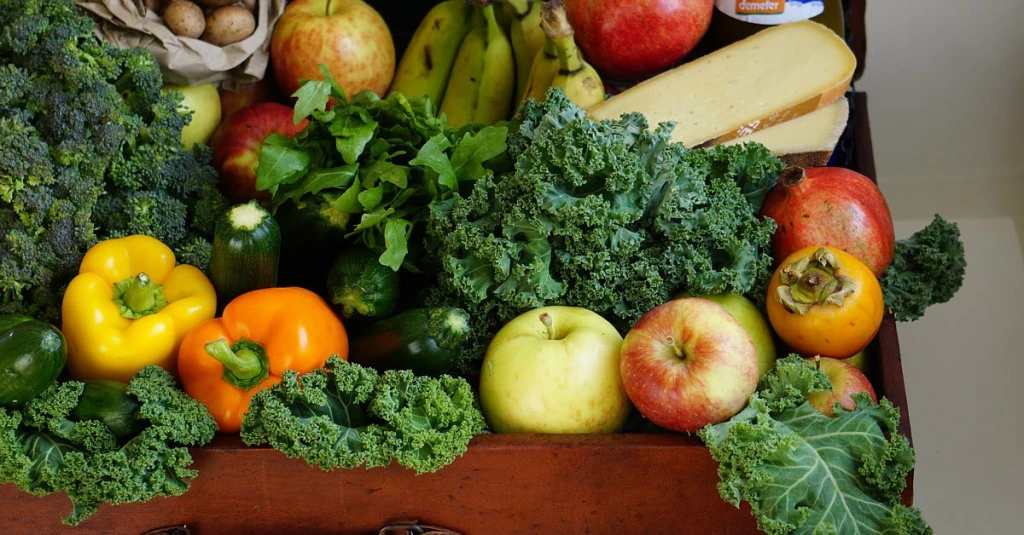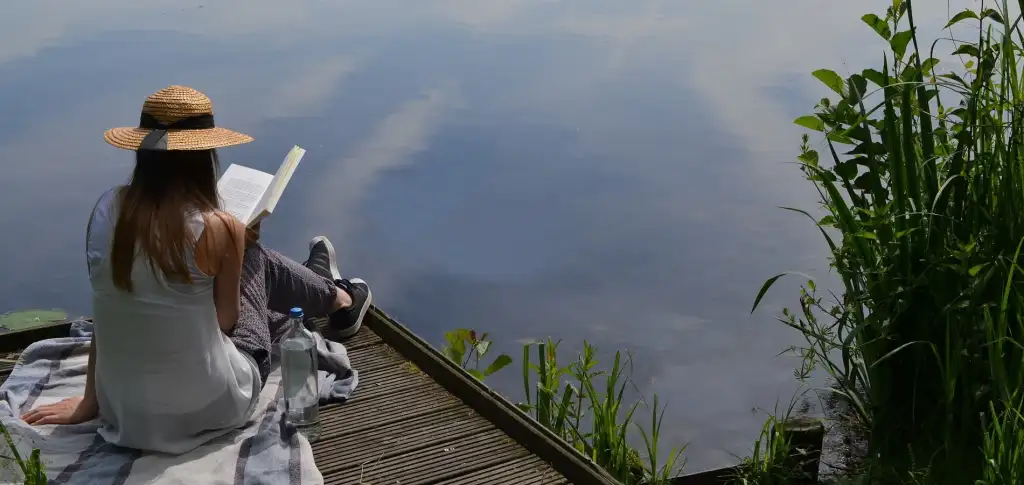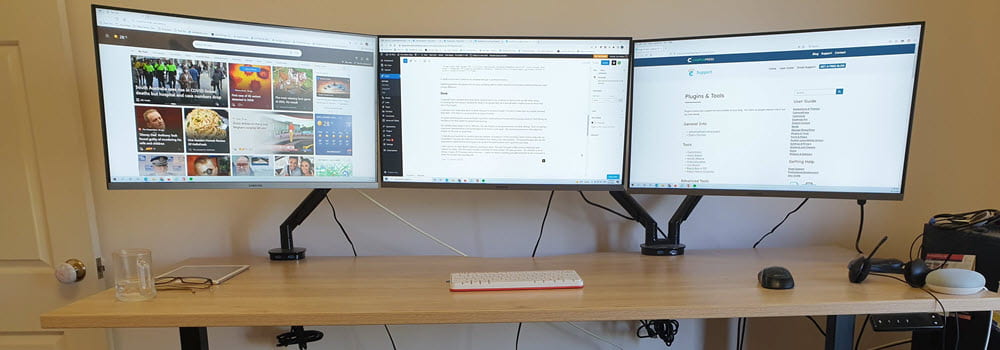Through digital curation we collect, manage and collate the best, most relevant content, on a specific topic or theme, for ourselves and share with others.
Using tools like Scoop.it, Pinterest, Diigo and Livebinders educators collect the best resources to put them into context with organisation, annotation and presentation.
This post is a summary of the ideas. tips and resources shared during my presentation for the 2013 Reform Symposium e-Conference on digital curation.
Digital curation in education
It’s no longer just about creating content. We are living in an era of content abundance.
It’s now about finding and putting content into a context, in a meaningful and organised way, around specific topics.
Using tools like Scoop.it, Pinterest, Diigo and Livebinders educators collect the best resources to put them into context with organisation, annotation and presentation.
Types of tools needed
There are two types of tools needed for curation (watch Harold Rheingold’s interview with Robin Good on Curation):
News discovery tools select and aggregate the content while the curation tools are used to display your content with context with organisation, annotation and presentation. News discovery tools are all about saving time by feeding you the most relevant content.
CurationTools
There are a gazilion tools you can use.; and which tools you use, and how you curate, is a personal as the tools you use to build your personal learning network (PLN).
Digital curation is a simple as:
- Find the tool(s) that you prefer to use for news discovery and for curation.
- Curate the content that helps you, and is helpful for others.
- Make it part of your routine to curate and share content.
You can check out examples of the different tools used by educators to curate in our Digital Curation – use in education storify or share information on how you curate by participating in our Digital curation survey.
Check out Curation: The Next Big C by John Pearce.
My Curation tools
My main curation tools are: my blogs ( The Edublogger, Edubogs Teacher Challenges, Sue Waters); Flipboard; Pinterest; Storify; and Twitter.
Flipboard was originally designed as a social network aggregation, magazine-format app for iPad in 2010. It is now the most popular of the magazine-like content aggrregator apps for iOS, Android, Kindle and Nook.
Flipboard’s strength is you are able to bring your social networks such as Facebook, Twitter, Instagram, Google+, LinkedIn into one location alongside your favorite news sources and anything else you like to read, or watch (like YouTube) – all while making it easily to share your favorite content with your social networks and enabling you to easily curate your favorite content into Flipboard magazine(s)
Flipboard is one of my key news discovery and curation tools because:
- It allows me to easily aggregrate content from a range of different sources.
- Quickly curate and share articles I like directly to my own magazine from within Flipboard (or using the Flip It bookmarklet in your web browser) while also sharing the articles with with social networks at the same time!
Here’s a quick video on how I use Flipboard magazines to find, curate and share content.
You’ll find a complete step by step guide to setting up Flipboard here.
Pinterest is a pinboard-style visual booknarking website that allows users to create and manage visual content. You can share images or videos you find online, or you can upload images directly to Pinterest.
Here’s some examples of our Pinterest boards:
- Examples of Class blogs – whenever I see a class blog that showcases specific aspects of blogging I take a screenshot of the blog, upload the image and pin it to the blog URL.
- Helpful Blogging videos – includes videos from a range of different sources.
- Curation in Education – my latest board created for this presentation.
Here’s a quick video on how to use Pinterest.
Storify
Storify allows you to curate your own stories from photos, video, tweets, what people post on social media sites and your own narration.
I use Storify as a way of pulling information shared on a topic in Twitter into one locate where I can refer back to it later. For example. I asked my Twitter network to share “Do you curate? What tools do you use? Why you curate? Why you don’t curate? Are you confused by what is digital curation?” and then pulled their answers into this Digital Curation – use in education storify.
Here’s a quick video on how to use Storify.
What are your tips?
How do you curate? What advice would you give others on curating content? Is there anything I’ve included that you want covered in more detail?
Please tell us more about how you curate by participating in our Digital curation survey





Leave a comment